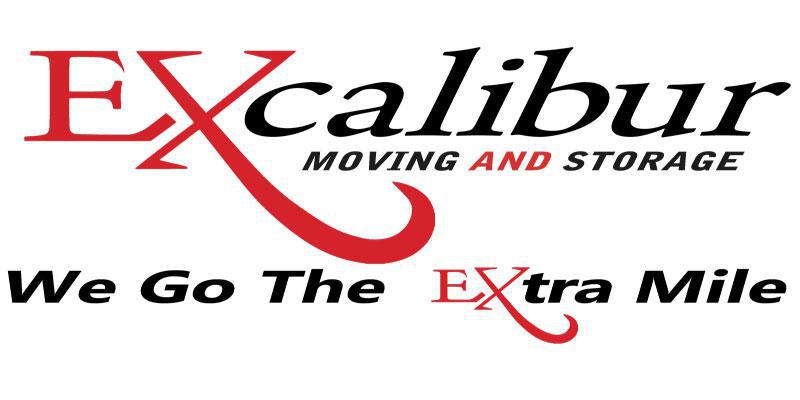
John S
Feb. 23, 2022, 12:38 a.m.
This is my second time using Excalibur movers. These guys are awesome, Their crews are professionals and efficient. Rates are fair and includes all packing material. I will use them again in the future and will recommend them to anyone that need a good moving company

Pat brook
Feb. 23, 2022, 12:39 a.m.
I had an outstanding experience with Excalibur movers. I hired them to move my 3 townhouse, it was 3 levels which made the move a bit difficult. The movers did a great job protecting my furniture and the walls, they were very efficient and courteous with our needs. I paid exactly like what i was quoted by the estimator that was in my house prior the move. I will 100% recommend this company to my friends and family.

Sasha E
Feb. 23, 2022, 12:39 a.m.
These folks were astonishing they went ahead time and they worked rapidly. They are affable, useful and made inquiries on things-such as how I'd like things masterminded or what required additional consideration. When I move once more, I will be calling them. Incredible folks!

Cassie L
Feb. 23, 2022, 12:39 a.m.
Excalibur is truly in a league of their own. Having several experiences in the past with moving companies that just gave me a headache I was a little apprehensive about choosing the right company. Excalibur met all my expectations and exceeded. Professional, great customer service and handled my move with care. I can't rave enough! Thanks Excalibur, if I ever move again, I know who to count on for quality and great service


Add a Review